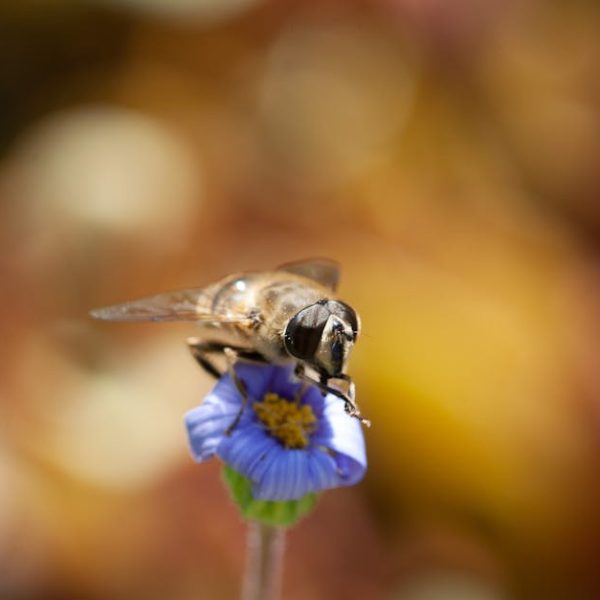Camel crickets, named aptly for their humped backs, are often misunderstood creatures. Far from being your typical Musicians of the insect world, these crickets are in fact silent and nocturnal creatures with long legs resembling spiders. Their snow shoes equipped hind legs make them proficient jumpers, often leading to heart-stopping encounters in basements or garages.
- Key characteristics of camel crickets include:
– Large, humped backs.
– Long, spider-like legs.
– Proficient jumping ability.
– Nocturnal habits.
– Silence (they don’t chirp or sing).
As they prefer damp, dark environments, a sighting of camel crickets in your home can potentially indicate a moisture problem that can lead to bigger issues like mold growth. Moreover, large infestations can cause damage to stored items as they are known to feed on fabrics.
- Best Practices for identifying a camel cricket infestation:
– Look for signs of damaged fabric or wallpaper.
– Keep an eye out for camel crickets in basements, garages, or damp areas of your home.
Preparing Your Home to Trap Camel Crickets
Before setting traps for these prolific jumpers, it’s pivotal to prepare your home correctly. This primarily involves eliminating their preferred habitats, such as damp and cluttered spaces.
- Here’s a checklist of items you’ll need to prepare your home:
– Dehumidifier.
– Storage boxes.
– Trash bags.
Start by decluttering your home, especially basements and crawlspaces. By reducing clutter, you limit their hiding spaces. Also, use a dehumidifier to keep moisture levels low, making your home less inviting to these critters.
- Pro Tip: Using a flashlight, inspect your home at night – particularly, any dark and damp spaces. This is the most likely time you will spot these nocturnal critters.
DIY Camel Cricket Traps
Trapping these silent invaders need not be a complex task. In fact, several effective DIY traps can be made using everyday household items.
- Here are a few types to try out:
– Sticky trap.
– Jar trap.
– Beer trap.
– Homemade cricket bait traps.
Each of these traps comes with its own pros and cons.
- An easy comparison chart is as follows:
| Type of Trap | Pros | Cons |
|---|---|---|
| Sticky Trap | Simple to set up, very effective. | Can be unsightly, needs frequent replacement. |
| Jar Trap | Effective and reusable. | Needs a bait to attract crickets. |
| Beer Trap | Appealing to crickets, easy to set up. | Can be messy, needs a replacement every day. |
| Homemade Cricket Bait Traps | Uses household items, easy to set up. | Cricket bait might attract other insects. |
Choose a trap that works best for you and start trapping!
Setting up the Traps
Knowing how to set up your chosen trap in the right spots essentially increases your chances of catching camel crickets.
- Follow these steps:
– Identify high-traffic areas: Look for signs of cricket activity such as damaged items or sightings.
– Place your traps in these areas: Typically, dark, damp areas like basements or garages.
– Secure the traps: Make sure the traps are secure and won’t be disturbed.
- Pro Tip: Try placing some traps off the ground (like on shelves) as camel crickets are good jumpers.
Maintaining Your Traps
It’s not enough to just set up your traps and forget about them. Regular maintenance increases the effectiveness of your trapping efforts.
- Follow this routine to maintain your traps:
– Check traps daily: Empty or replace traps as needed.
– Rotate traps: If a trap isn’t catching anything, try moving it to a new location.
– Replace bait regularly: If you’re using baited traps, refresh the bait every few days.
- Best Practices for trap maintenance:
– Don’t leave full traps unattended. This may allow crickets to escape or attract other pests.
– Clean the area around a trap after removing it. This prevents attracting more pests.
Trapping camel crickets is an effective way to reduce their population in your home. However, it’s crucial to follow it up with preventive measures like reducing moisture and clutter in your home to prevent future infestations. Enjoy the peace and sleep easy knowing these silent critters won’t be jumping around your house anymore. Happy trapping!
Key Takeaway:
- Camel crickets, known for their humped backs, long legs, and quiet, nocturnal habits, can indicate a home moisture problem, leading to bigger issues like mold growth if not addressed.
- Prior to setting traps, home preparation is vital. This includes de-cluttering, particularly in damp, dark areas favored by camel crickets, and reducing household moisture levels.
- There are different types of DIY traps that can be made using household items. Each trap type has its pros and cons.
- After identifying high-traffic areas, strategically placing traps can increase the chances of capturing these pests.
- Regular trap maintenance is essential for effective cricket management.
Despite the potential annoyance camel crickets may cause, a well-executed trapping plan can effectively manage and eliminate an infestation. So, with some simple preparation and regular maintenance, you can ensure a cricket-free home. Take control, and happy trapping!
FAQs
Q: Can camel crickets reproduce indoors?
A: Yes, while it’s quite rare, camel crickets can reproduce indoors if the conditions like high moisture levels and ample hiding spots are ideal.
Q: Do camel crickets carry diseases?
A: Camel crickets are not known to carry diseases. However, the moisture problem they indicate can lead to mold growth, which may cause health issues.
Q: Do all traps work equally well for all types of crickets?
A: The effectiveness of a trap may vary depending on the type of cricket. Camel crickets are attracted to damp environments and are proficient jumpers, so choose traps that leverage these attributes.
Q: Can I use insecticides to get rid of camel crickets?
A: Insecticides can serve as a control measure, however, they are not advised as the first line of defense against camel crickets. Firstly, prevention methods such as de-cluttering and reducing moisture should be deployed.
Q: Are professional pest control services necessary for camel crickets?
A: While professional services can be effective, with knowledge of their habits and DIY traps, you can manage a camel cricket infestation yourself. However, if you feel overwhelmed, don’t hesitate to call in professionals.
Remember, knowledge is power and you can handle these critters in your home. Share this article with your friends and family who might be facing a similar issue. Explore more of our posts for other handy DIY guides and tips!






